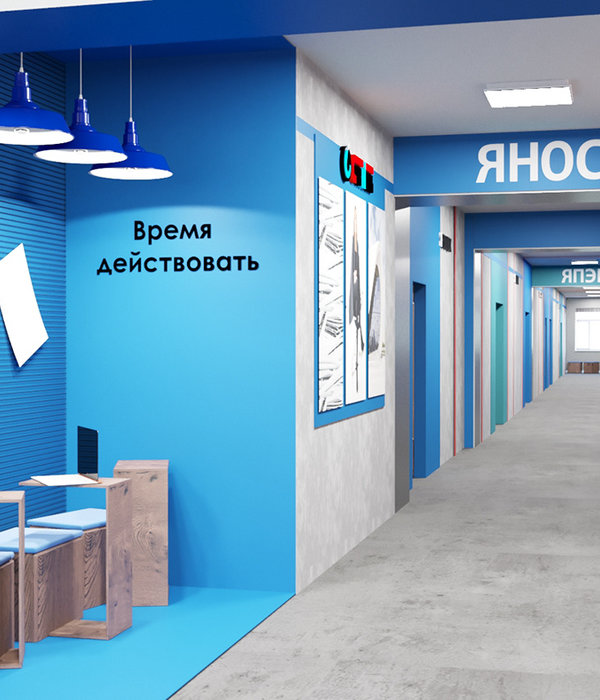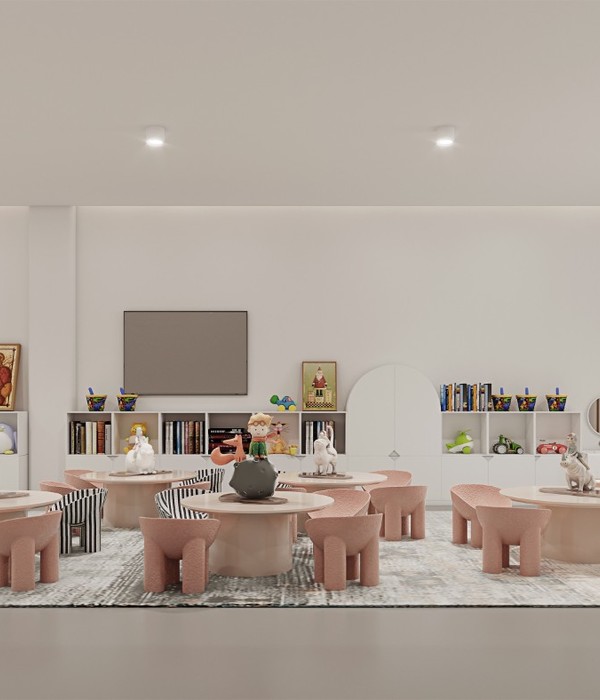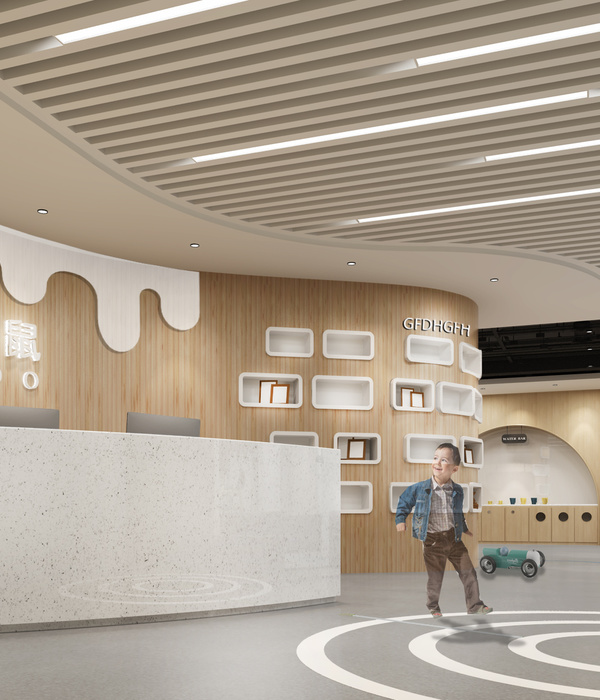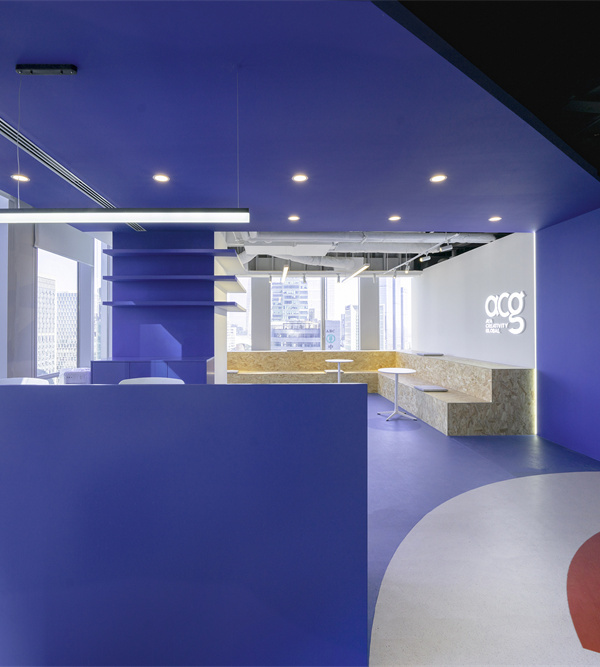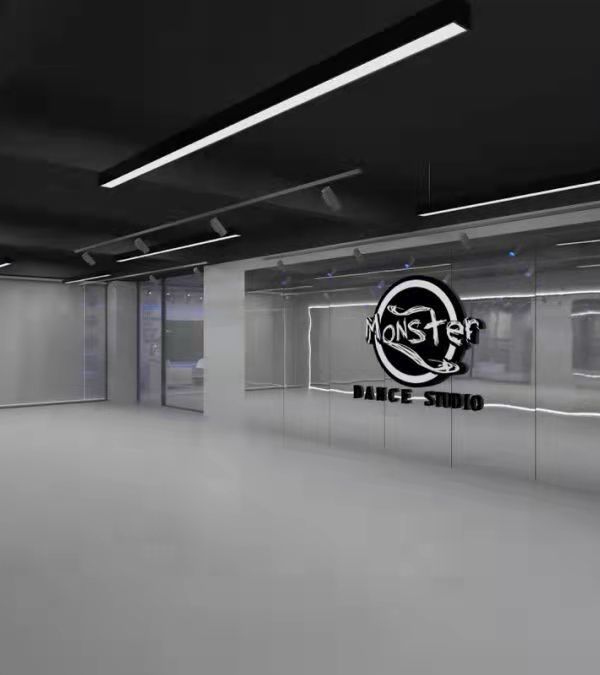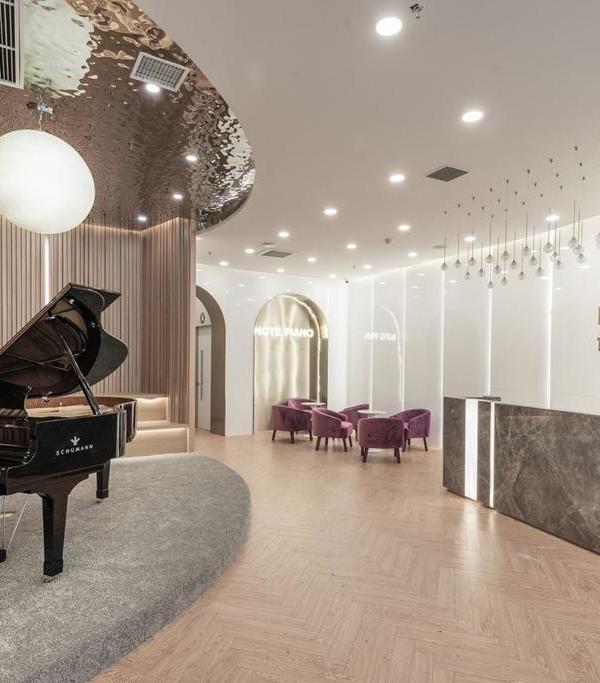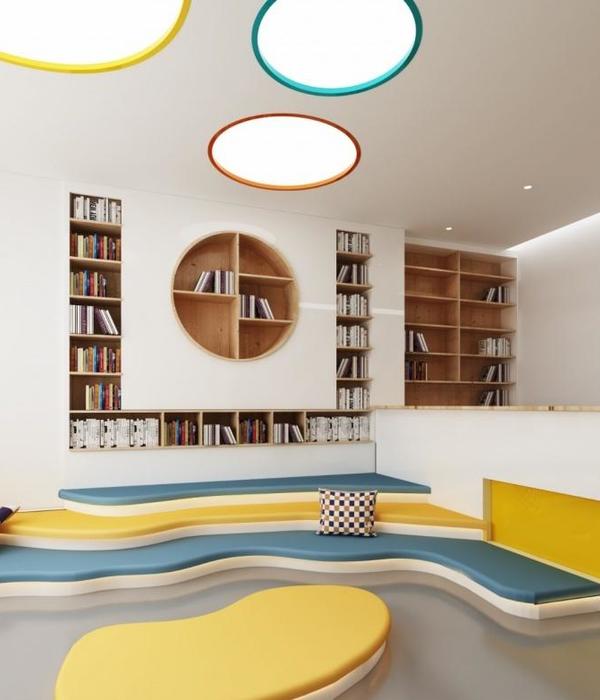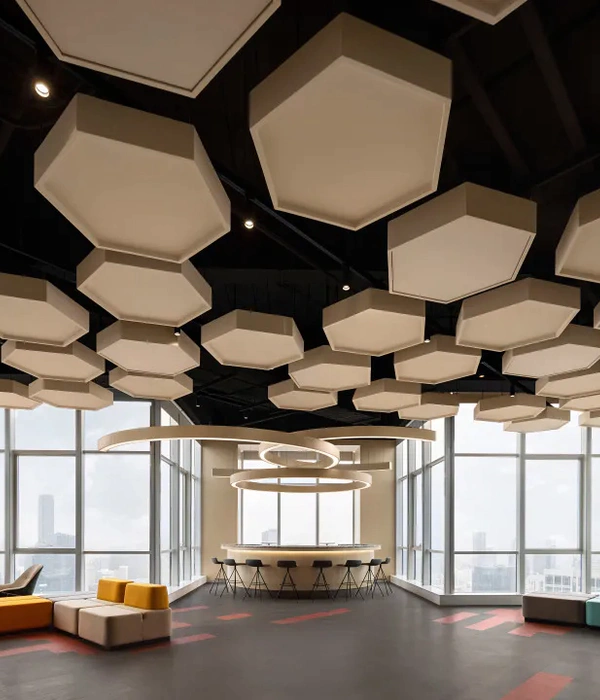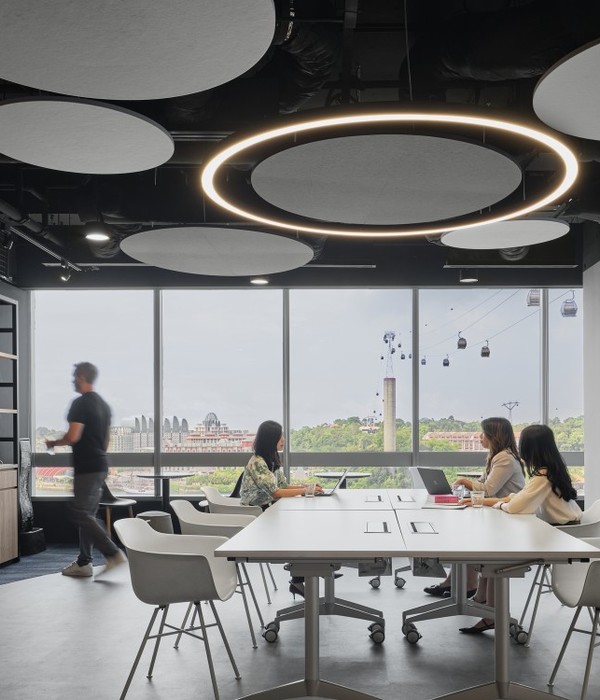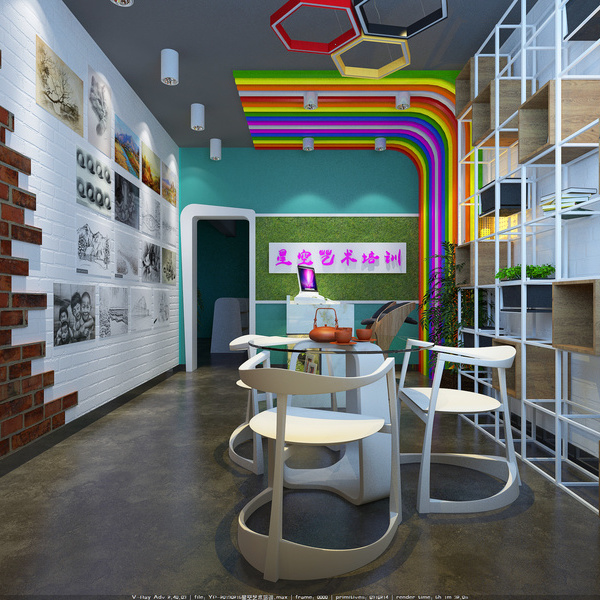Architect:ClarkeHopkinsClarke Architects
Location:Traralgon Victoria 3844, Australia; | ;View Map
Project Year:2023
Category:Primary Schools;Secondary Schools
Until recently, LaTrobe SDS’s diverse cohort of learners, who are aged 5 to 18 and have moderate to severe intellectual and associated disabilities, were learning in outdated facilities on an undersized campus in Traralgon, a regional town 2 hrs south-east of Melbourne on Gunaikurnai Country. In 2020 the school began working with ClarkeHopkinsClarke Architects to masterplan and design a co-located campus on an underutilised site within Traralgon College’s Junior Campus. The purpose-built facility aimed to reflect the school motto ‘Towards Independence’ and benefit for the entire community, according to Architect and ClarkeHopkinsClarke Partner Wayne Stephens. “Through co-location, this project marks a significant shift towards a more cohesive, inclusive educational community in Traralgon,” he says.
The brief was for a new campus that feels like home and supports growing independence. “We conceived a 3-tiered cycle that begins with nurturing, protected, home-like environments for the junior years, which are articulated via gabled roof shapes and interiors with playful pops of green and integrated sensory elements,” says Project Architect Emily Flint. “The design transitions to middle years environments encouraging supported independence, and culminates in senior years environments that empower independence through circulation space activated by social nooks and a Life Skills learning area.”
Administration and Community buildings create a sense of identity and street presence. Junior and Senior Learning Buildings connect via a covered breezeway. Buildings wrap around a central plaza, which forms the sociable heart of the campus and creates smaller zones for cohort-appropriate, active and passive outdoor spaces at the perimeter. Spatial planning follows a predictable pattern, encouraging student agency and independence. Learning home bases are paired, and connected centrally by toilet facilities, a kitchenette and a sensory alcove filled with soft furnishings and adjustable coloured lighting. Circulation spaces extend the learning environment, and feature nooks with hanging points for swing chairs and sensory equipment, pressure poles and booth seating.
Principal Nicole Herbert says the results are transformative. “Our vision was learning environments that demonstrate greater independence as students move upwards throughout the school, and that’s been so well captured,” she says. “Our senior students’ food technology room, for example, includes a preparation space, pantry and servery window allowing students to run our café and lunch order program.
“Breakout spaces between classrooms are used for self-regulation when they need quiet time, and for social space during wet weather timetable days. The central courtyard is used each morning for a walk. Students and staff complete laps, which encourages informal check-ins and allows students to catch up with their peers. The acoustics create a quiet, calm environment visitors always comment on. Natural colours and incredible landscaping have made our school a beautiful, warm, inviting learning environment.”
“This project uses biophilic design principles, recycled and sustainably sourced materials and strong visual and physical connections to nature to create a calming atmosphere that enhances students’ wellbeing and learning,” Wayne says. “Buildings are designed around root protection zones to make mature native trees a feature of the landscaping and site identity, and help retain existing habitats and enhance biodiversity. We also looked for every opportunity to use local materials and tradespeople, which supported the local economy and minimised embodied energy associated with transport.” Ultimately, he says, by co-locating and celebrating the distinct identities of both schools “this project highlights the importance of inclusive design and education in both mainstream and specialist settings.”
Architect: ClarkeHopkinsClarke Architects
Builder: McCorkell Constructions
Landscape Architects: John Patrick Landscape Architects and Ochre Landscape
CivilEngineer: Cortese Consultants
ESD Consultant: Energy Water Environment
Access Consultant: Equal Access
Photo credits: Rhiannon Slatter
1. Profiled metal wall cladding: Fielders’ Prominence range
2. Timber composite cladding: Weathertex Weathergroove Natural
3. Doors: External Sliding doors/windows Series 225 from Capral
4. Brickwork: Austral brick Access range in Ash, and Symmetry range in Terracotta
5. Carpets: Interface Matting, Nimbus Graphite and Nimbus Zsyioa
▼项目更多图片
{{item.text_origin}}

